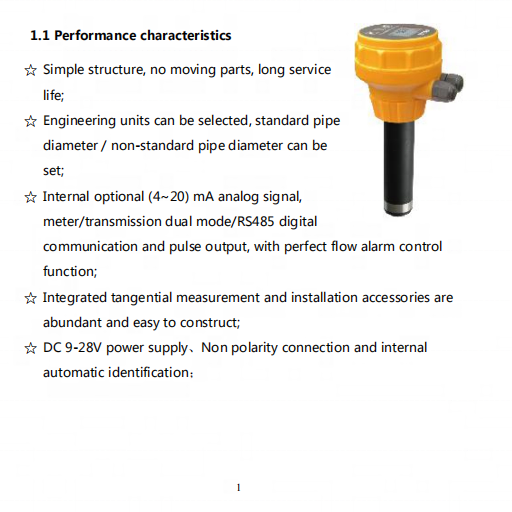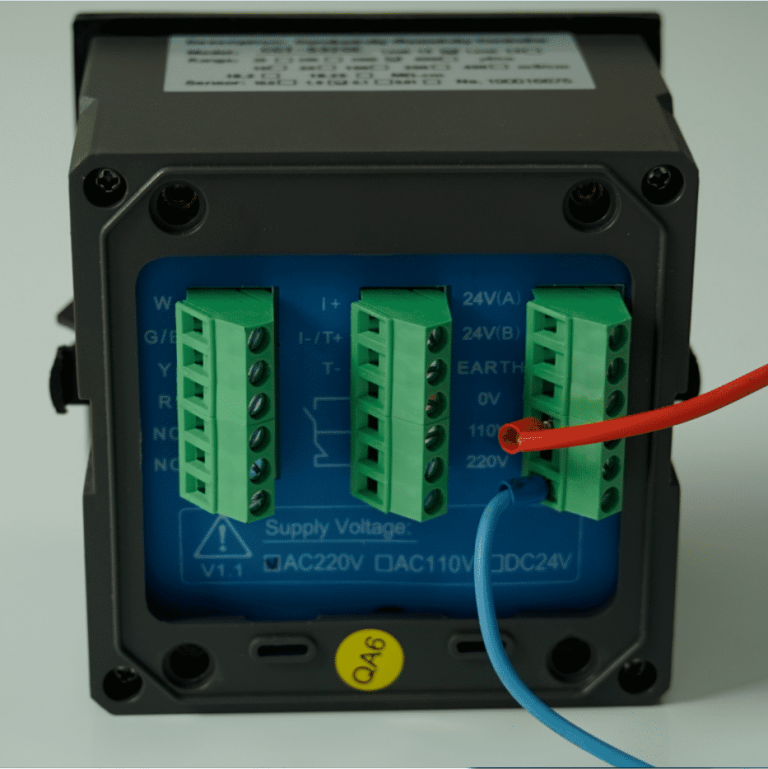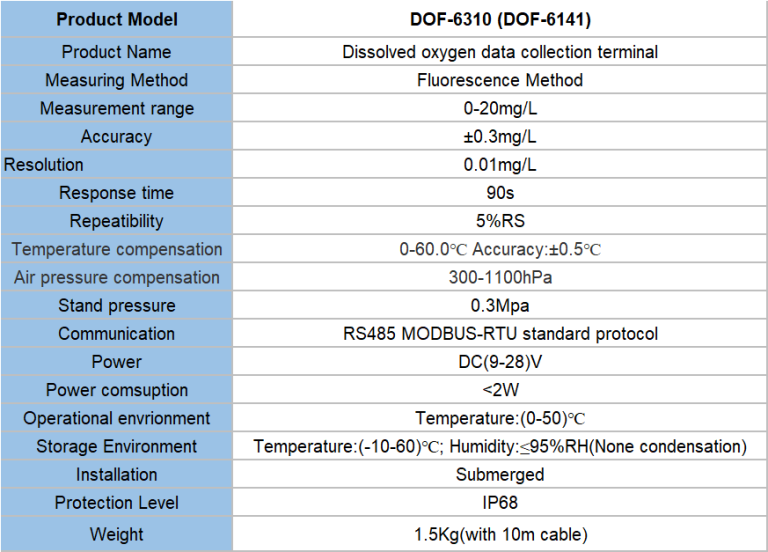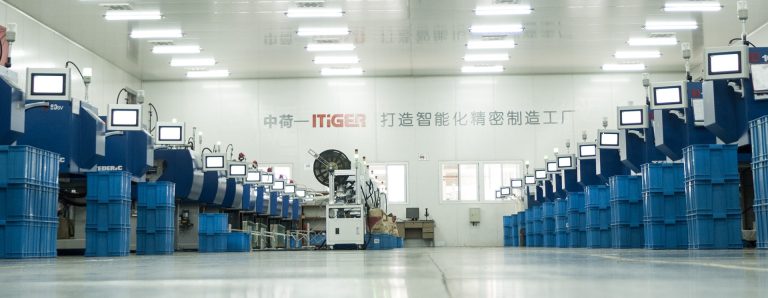Benefits of Using an Electronic Chlorine Tester for Pool Maintenance
Maintaining proper chlorine levels in a pool is essential for ensuring the safety and cleanliness of the water. Traditionally, pool owners have relied on manual testing kits to measure chlorine levels, which can be time-consuming and prone to human error. However, with advancements in technology, electronic chlorine testers have become a popular and convenient tool for pool maintenance.
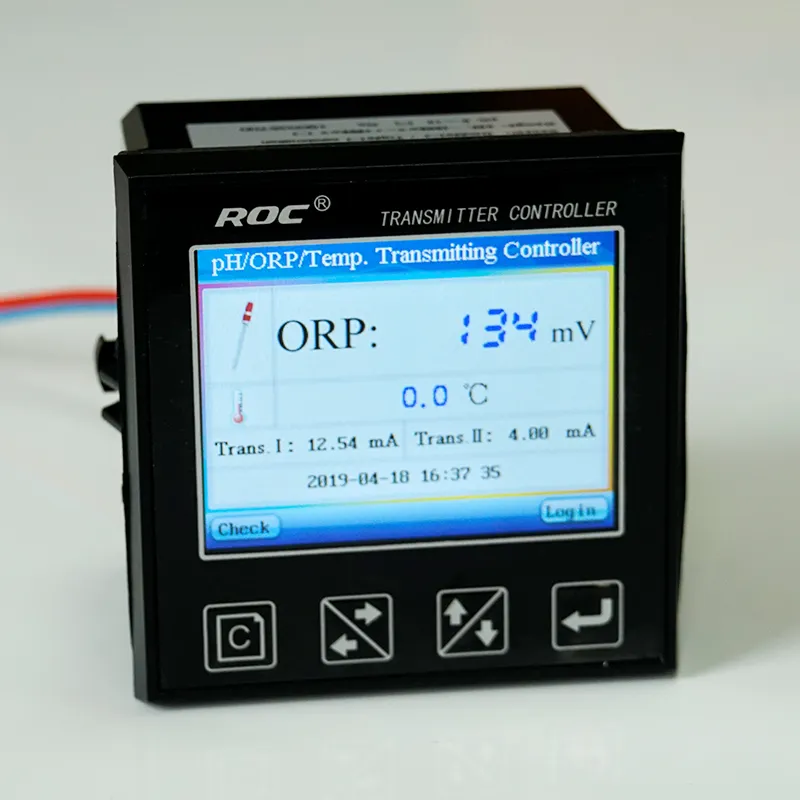
One of the key benefits of using an electronic chlorine tester is its accuracy. These devices use sensors to measure the chlorine levels in the water, providing precise and reliable results. This eliminates the guesswork and potential for inaccuracies that can occur with manual testing kits. By using an electronic chlorine tester, pool owners can ensure that their pool water is properly balanced and safe for swimmers.
In addition to accuracy, electronic chlorine testers are also incredibly easy to use. Most models are designed with user-friendly interfaces that make testing chlorine levels a quick and simple process. With just a few button presses, pool owners can obtain instant readings of their pool water’s chlorine levels, allowing them to take immediate action if adjustments are needed. This convenience saves time and effort, making pool maintenance more efficient and hassle-free.
| Product name | pH/ORP-8500A transmitter controller | ||
| Measurement parameter | Measurement Range | Resolution ratio | Accuracy |
| pH | 0.00~14.00 | 0.01 | ±0.1 |
| ORP | (-1999~+1999)mV | 1mV | ±5mV(Electric meter) |
| Temperature | (0.0~100.0)℃ | 0.1℃ | ±0.5℃ |
| Temperature range of Tested solution | (0.0~100.0)℃ | ||
| Temperature component | NTC10K thermal element | ||
| (4~20)mA Current output | Channel No. | 2 channels | |
| Technical characteristics | Isolated, fully adjustable, reverse, | ||
| configurable, instrument / transmitting dual mode | |||
| Loop resistance | 400Ω(Max),DC 24V | ||
| Transmission accuracy | ±0.1mA | ||
| Control contact | Channel NO. | 3 Channels | |
| Electric contact | Semiconductor photoelectric switch | ||
| Programmable | Each channel can be programmed and point to (temperature, pH/ORP, time) | ||
| Technical characteristics | Presetting of normally open /normally closed state / pulse /PID regulation | ||
| Load capacity | 50mA(Max)AC/DC 30V | ||
| Data communication | MODBUS, RS485 standard protocol | ||
| Working power supply | DC 24V±4V | ||
| Overall power consumption | <5.5W | ||
| Working environment | Temperature: (0~50) ℃ | ||
| Relative humidity: ≤ 85%RH (non condensing) | |||
| Storage environment | Temperature: (-20~60) ℃ | ||
| Relative humidity: ≤ 85%RH (non condensing) | |||
| Protection level | IP65 (with back cover) | ||
| Shape size | 96mm×96 mm×94mm (H×W×D) | ||
| Opening size | 91mm×91mm(H×W) | ||
| Fixed mode | Panel mounting type quick fixed | ||
Another advantage of electronic chlorine testers is their versatility. Many models are equipped with additional features, such as pH testing capabilities and temperature readings. This allows pool owners to monitor multiple aspects of their pool water quality with just one device. By having all of this information readily available, pool owners can make informed decisions about the necessary adjustments to maintain optimal water balance.
Furthermore, electronic chlorine testers are often equipped with memory functions that store previous test results. This feature allows pool owners to track changes in chlorine levels over time, providing valuable insights into the effectiveness of their pool maintenance routine. By analyzing this data, pool owners can identify trends and make adjustments as needed to keep their pool water clean and safe.
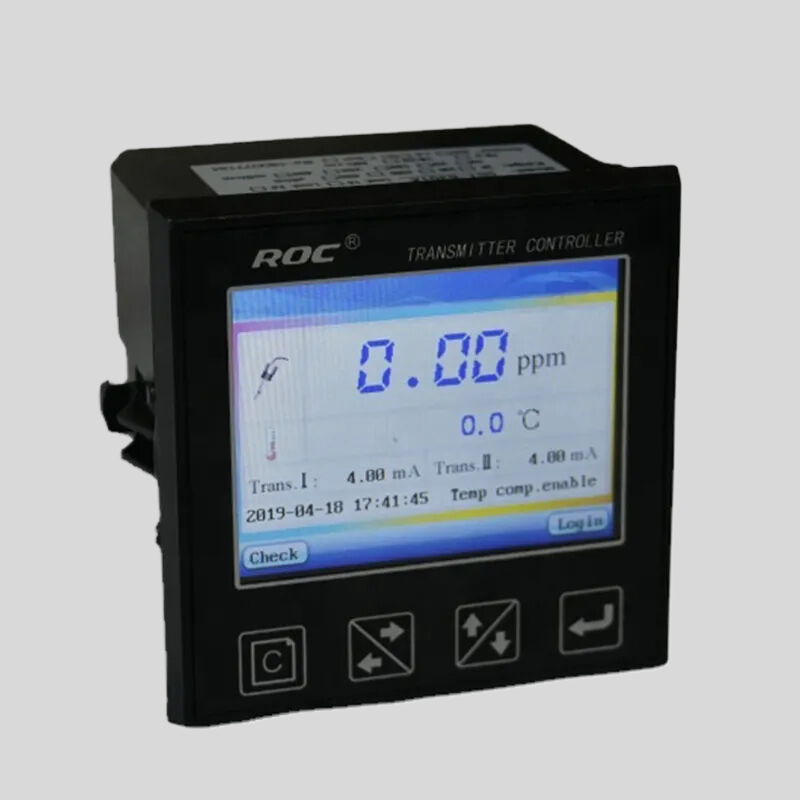
In terms of cost-effectiveness, electronic chlorine testers are a wise investment for pool owners. While the initial purchase price may be higher than that of manual testing kits, the long-term savings are significant. By accurately measuring chlorine levels and preventing overuse of chemicals, pool owners can reduce their overall maintenance costs. Additionally, electronic chlorine testers are durable and built to last, providing reliable performance for years to come.
Overall, the benefits of using an electronic chlorine tester for pool maintenance are clear. From accuracy and ease of use to versatility and cost-effectiveness, these devices offer a convenient and efficient solution for monitoring chlorine levels in pool water. By incorporating an electronic chlorine tester into their pool maintenance routine, pool owners can ensure that their pool water remains clean, safe, and enjoyable for swimmers.
| Model | pH/ORP-3500 pH/orp meter |
| Range | pH:0.00~14.00 ; ORP: (-2000~+2000)mV; Temp.:(0.0~99.9)°C (Temp.Compensation: NTC10K) |
| Resolution | pH:0.01 ; ORP: 1mV; Temp.:0.1°C |
| Accuracy | pH:+/-0.1 ; ORP: +/-5mV(electronic unit); Temp.: +/-0.5°C |
| Temp. compensation | Range: (0~120)°C; element: Pt1000 |
| Buffer Solution | 9.18; 6.86; 4.01; 10.00; 7.00; 4.00 |
| Medium Temp. | (0~50)°C (with 25°C as standard) manual/automatic temp. compensation for selection |
| Analog output | Isolated one Channel(4~20)mA, Instrument/Transmitter for selection |
| Control Output | Double relay output (single contact ON/OFF) |
| Working Environment | Temp.(0~50)℃; relative humidity <95%RH (non-condensing) |
| Storage Environment | Temp.(-20~60)℃;Relative Humidity ≤85%RH (none condensation) |
| Power Supply | DC 24V; AC 110V; AC220V |
| Power consumption | <3W |
| Dimension | 48mmx96mmx80mm(HxWxD) |
| Hole Size | 44mmx92mm(HxW) |
| Installation | Panel mounted, fast installation |

